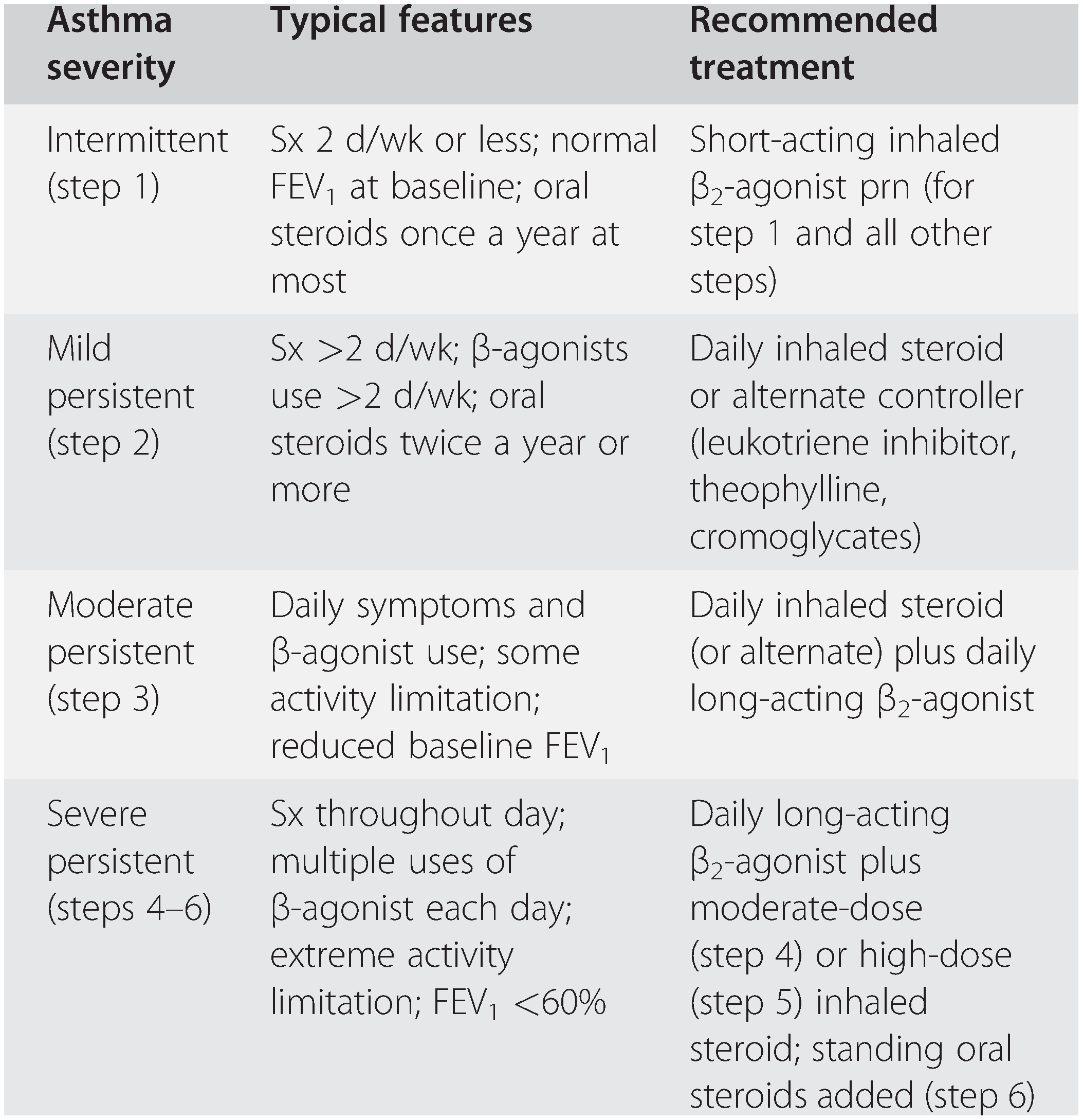

It is the result of a pathologic process which leads to lateral curvature of the spine. Scoliosis is the most common 3-dimensional deformation abnormality of the spine with direct effects on the thoracic cage, with a reported prevalence in the general population varying significantly from 0.3% to 15.3%.

Preoperative pulmonary function testing required, as well as the effects of various surgical approaches on respiratory function are also discussed. In this review the epidemiological and anatomical aspects of idiopathic scoliosis are noted, the pathophysiology and effects of idiopathic scoliosis on respiratory function are described, the pulmonary function testing including lung volumes, respiratory flow rates and airway resistance, chest wall movements, regional ventilation and perfusion, blood gases, response to exercise and sleep studies are presented. Pulmonary hypertension and respiratory failure may develop in severe disease.

Scoliosis decreases the chest wall as well as the lung compliance and results in increased work of breathing at rest, during exercise and sleep. Scoliosis results in a restrictive lung disease with a multifactorial decrease in lung volumes, displaces the intrathoracic organs, impedes on the movement of ribs and affects the mechanics of the respiratory muscles. Idiopathic scoliosis, a common disorder of lateral displacement and rotation of vertebral bodies during periods of rapid somatic growth, has many effects on respiratory function.


 0 kommentar(er)
0 kommentar(er)
